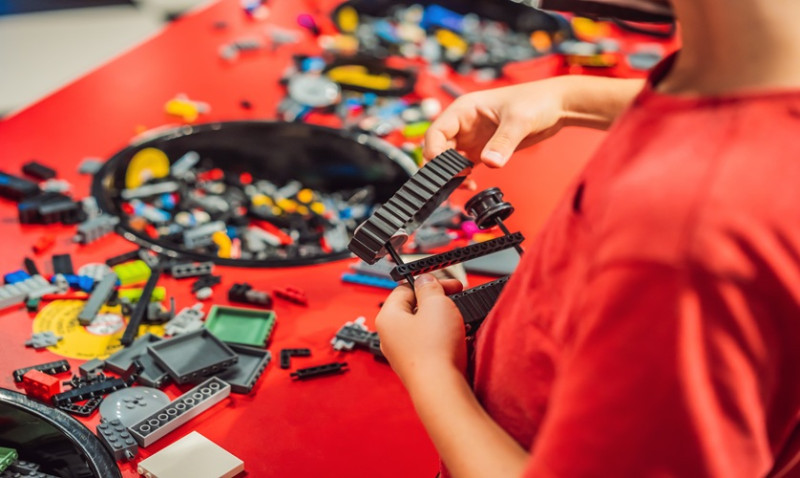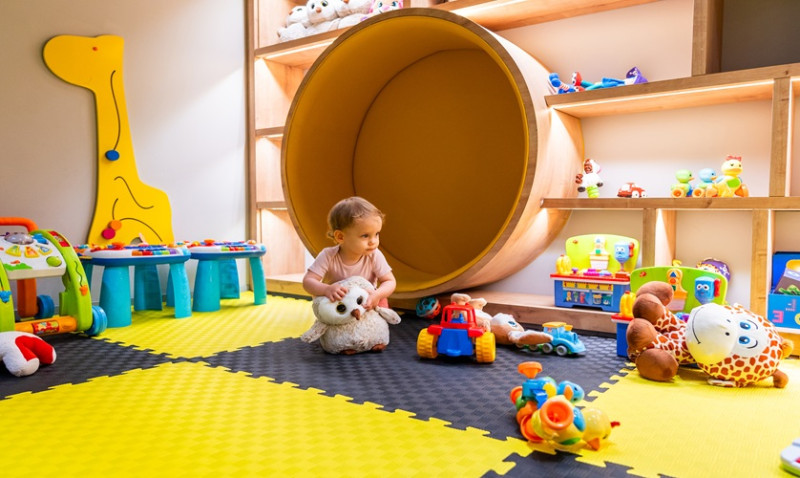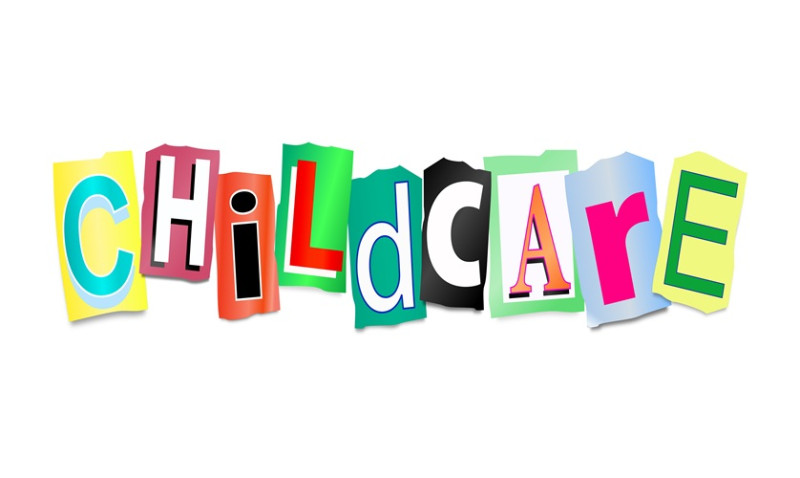
Home is where memories are made, but it’s also where accidents can happen — especially when children are present. Whether you're renovating your living room, upgrading your kitchen, or working on a weekend project in your DIY shed, keeping kids safe should always remain a top priority. Active supervision plays a crucial role in protecting children from everyday hazards, particularly in homes under renovation or undergoing frequent changes.
For young professionals, parents, architects, designers, and tradespeople alike, understanding the safety implications of active supervision can make all the difference in creating a child-friendly environment. This is especially important in the United Kingdom, where modern homes often maximise space with open-plan layouts, turning even the most unexpected areas into potential risks for little ones.
Understanding Active Supervision
Active supervision involves more than just being present in the same room as a child — it's about being aware, engaged, and ready to intervene when necessary. For adults involved in home design or DIY projects, this means identifying hidden hazards and thinking one step ahead. Whether it's placing tools out of reach, using child safety gates, or temporarily blocking off unsafe areas, active management can prevent injuries before they occur.
This type of supervision requires constant visual contact, listening for signs of trouble, and anticipating a child's next move. Unlike passive supervision, which assumes proximity equals safety, active supervision treats every corner of the home as a potential risk — and acts accordingly.
Common Household Hazards During Renovation
When homes are under construction or undergoing a project, risks multiply. Sharp tools, loose nails, power cords, exposed wiring, and unsecured furniture are just part of the equation. The dynamic nature of an unfinished home can confuse both children and parents, especially when daily routines are disrupted. Even something as simple as a newly installed floor with no grip can result in slips or falls.
DIY enthusiasts or tradesmen often leave materials unattended between stages of work. While this might seem harmless after hours, scattered materials can be hazardous to a curious toddler wandering into a room earlier than expected. Active supervision means creating a protocol: always clean up after shifts, store equipment in high or locked places, and double-check rooms before calling it a day.
Designing Safer Homes with Children in Mind
Architects and interior designers working with clients who have children or are planning a family should always integrate safety into their layouts. While the aesthetic is important, functionality — especially safe functionality — is even more critical in family-focused homes. Clients will appreciate designs that inherently reduce the need for reactive supervision.
Features like rounded furniture edges, recessed electrical outlets, safety latches on cabinetry, and slip-resistant flooring are subtle integrations that support active supervision without constant physical intervention. Glass panels can be swapped for shatterproof alternatives, while balcony railings can be built with reduced gap widths to prevent falls.
Tips for Maintaining a Safe Environment During DIY Projects
- Always clean up and store tools immediately after use.
- Create designated child-free zones using safety gates or closed doors.
- Use cordless power tools where possible to avoid tripping hazards.
- Tape down loose cables and extension leads when they must stay out.
- Communicate project updates with household members, especially around areas that become temporarily unsafe.
By incorporating these safety tips, not only do you reinforce active supervision at a practical level, but you also create a mindset of awareness that becomes second nature over time. The smallest adjustments can prevent the biggest accidents.
How Tradespeople Can Help Their Clients Stay Safe
Professional tradespeople have a unique chance to educate homeowners throughout the process. With knowledge of best practices, material safety standards, and tools that minimise risk, tradesmen are in a great position to guide homeowners toward safer builds. Offering consultations on keeping kids out of work zones or even suggesting temporary childproofing products during renovations adds serious value to your service.
It’s also smart business — homeowners appreciate when contractors show responsibility beyond the call of duty. By recognising the importance of active supervision, tradespeople enhance their reputation, build trust, and position themselves as professionals who truly care.
Safety Checklist: Keeping Kids Protected at Home
| Safety Area | What to Check | Safety Tip |
|---|---|---|
| Living Room | Furniture edges, TV stability, floor clutter | Secure furniture to walls; use corner protectors |
| Kitchen | Sharp tools, hot surfaces, open drawers | Install safety locks; never leave cooking unattended |
| Stairs & Hallways | Slippery steps, loose carpets, handrails | Install stair gates top and bottom; add non-slip treads |
| Bedrooms | Window safety, curtain cords, furniture stability | Use cordless blinds; check that beds and drawers are anchored |
| Construction Zones | Power tools, nails, dust, chemicals | Restrict access and store materials securely |
Final Thoughts: Supervision & Design Go Hand-In-Hand
Whether you're drawing up plans for a new home build, retrofitting a kitchen, or simply rearranging your living space, active supervision should be considered part of the blueprint. For families, it guarantees peace of mind. For professionals, it's a sign of responsibility. And for homeowners? It's a reminder that real safety begins not with removing risk entirely but by staying actively involved in recognising and managing it.
No matter how stylish, functional, or modern a home may be, it's never truly complete without child safety at its core. Active supervision — combined with thoughtful design — keeps kids safe in real, sustainable ways. Keep it in focus, and your space will remain both beautiful and secure for every generation that walks through it.






